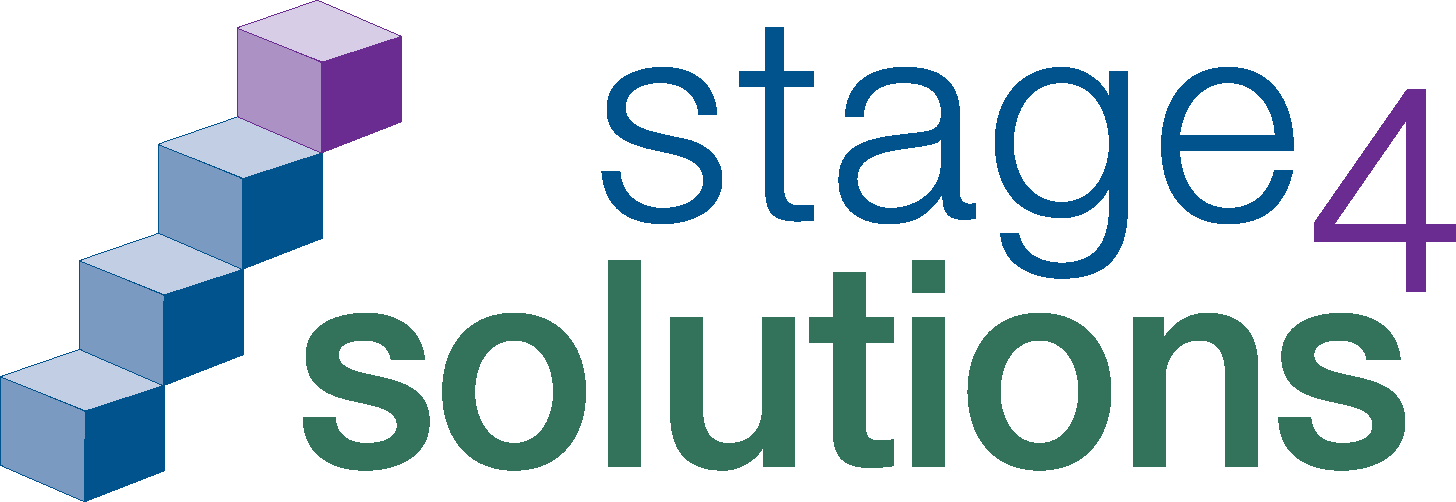The Power of Collaborative Repair: New Research Reveals the Key to Completed Projects
- June 24, 2024
- Posted by: Selen Warner
- Category: Blog

From our vantage point as a leading staffing firm, we see the potential for industry leaders to benefit from academic research and new approaches to common issues. We want to help hiring managers and contingent workforce leaders innovate and work differently to achieve even greater business value. To achieve this goal, we are partnering with universities to bring cutting-edge research to our audiences.
We are thrilled to feature an article by Melissa Valentine, Associate Professor of Management Science & Engineering at Stanford University, based on the research paper How Managers Maintain Control Through Collaborative Repair: Evidence from Platform-Mediated “Gigs”. This insightful article on the power of collaborative repair provides actionable tips for hiring managers to improve project outcomes while engaging contractors.
By Melissa Valentine, Associate Professor of Management Science & Engineering, Stanford University, and Hannah Weaver, Executive Assistant for Melissa Valentine
What can clients do to ensure the successful completion of complex projects on gig work platforms? Recent research has discovered that the way a client reacts to problems and unexpected issues during a project is closely tied to the project’s completion. They found that when clients reacted with blame, threats, and tools of control, it backfired and led to abandoned projects; but when clients communicated and worked through issues with contractors collaboratively, it led to solutions and completed projects.
While many studies have explored the interaction between traditional employees and managers, this study is one of the first to explore effective management methods in the unique relationship between clients and online contractors working through platform labor marketplaces.
The authors selected a specific online hiring marketplace for the study. In order to get familiar with the experience of clients and contractors on the platform, the researchers signed up for a client account, interviewed both contractors and clients about their experiences, and spent time reading the platform’s online forums.
The heart of the study was a review of 48 software development projects. The team analyzed the conversations between the clients and contractors in these projects (with personal details removed) to see if they could identify any consistent factors that set completed projects apart from canceled projects.
For each project, the team sorted messages into categories. For example, they categorized messages about project requirements and messages about unexpected project events. Further, messages from clients about unexpected events were further broken down into subcategories, depending on the way the client responded to the unexpected events. Once all messages were categorized, the team looked to see if any message type had a clear correlation with either complete or canceled projects.
The study examined a number of factors that researchers thought might affect project completion. They looked at the initial project conversation to see if the depth of requirements discussions impacted the outcomes. But there was no correlation between the type or amount of upfront project discussion and whether the project was completed. The study also examined a factor they called unexpected events. Unexpected events were problems that came up during a project, like code having bugs or contractors taking a long time to respond to messages.
You might guess that projects with unexpected events would be unsuccessful. But the researchers found that every project they analyzed, both completed and canceled, had at least one unexpected event. The presence of unexpected events wasn’t what made the difference in project completion. Instead, what made the difference was how the client responded to these unexpected events.
Some clients responded to unexpected events by using tools available through the online platform in an attempt to control the contractor and bring about desired outcomes. On the platform, clients had a great deal of control over the contractor’s compensation and contract length. The client could end the contract at any time and for any reason. They could determine payment amount and had discretion to add bonus payments or upfront payments. In addition to these major areas of control, the clients also had the ability to leave public feedback for contractors.
Public feedback left by clients, which included a rating and a written review, would affect a contractor’s ability to get more work on the platform in the future – anyone hiring on the platform can review all of a contractor’s ratings and reviews when making a hiring decision. This would seem to give clients a great deal of power in interactions with contractors, as negative feedback could have significant consequences for a contractor’s career.
Although these tools of control seemed to give a lot of power that would allow clients to control project outcomes, the research revealed something counterintuitive. When clients leaned on these control tools to respond to unexpected events in projects, it became much more likely that the project would be canceled. When a client threatened to end a contract, withhold or dispute payment, or leave a bad review, this did not result in a course correction from the contractor. Instead, many contractors stopped responding or working on a project altogether in response to these sorts of control tactics.
Because these negative control tools did have the potential for such a significant impact on contractors, when a client threatened to use them or even implied that they might use them, contractors cut their losses and left the project before the client could exert more negative control.
Half of the projects studied involved clients attempting to exert control using the platform-provided tools. The other half of projects involved clients using a very different, more effective, method of reacting to unexpected events. The clients who saw completed projects used a method the researchers referred to as collaborative repair.
Collaborative repair is a process where two people come to understand their different interpretations of a situation, then come to a new, shared interpretation that they can agree on, and finally establish expectations to prevent the issue from recurring going forward.
A client can carry out collaborative repair in a variety of ways. In this study, researchers observed clients using the following collaborative repair methods:
Task-Based Feedback:
One method of collaborative repair was to address direct, concrete feedback on issues with the software project itself, without any personal accusations or blame involved. When clients provide this type of feedback, it allows them to come to a shared understanding with a contractor on what needs to be fixed without the contractor worrying about the threat of negative feedback, etc.
Shared Responsibility:
Clients that took shared responsibility were willing to acknowledge that there may have been a misunderstanding or miscommunication on their side when an unexpected event occurred. They also were open to brainstorming solutions and making suggestions for how an issue could be resolved. This non-threatening method encouraged constructive problem-solving.
Delivering Praise Along with Criticism:
Another collaborative repair method that allowed raising issues without threat or blame was delivering praise together with criticism. Clients using this method made sure to acknowledge the things that a contractor was doing right when they brought up something they were doing wrong that needed to change.
Methods of collaborative repair can vary, but the important thing is that any variation of these methods should help build a positive relationship and allow a contractor to feel secure and encouraged in continuing to work with a client and bringing a project to successful completion. In an online platform environment where a contractor has the option to leave a project without warning, this is very important.
This eye-opening research reveals actions that clients can take to make their marketplace platform projects more likely to be completed. Clients should be aware of the methods of collaborative repair and keep them in their toolkit.
To learn more, please check out the full research paper: How Managers Maintain Control Through Collaborative Repair: Evidence from Platform-Mediated “Gigs”

